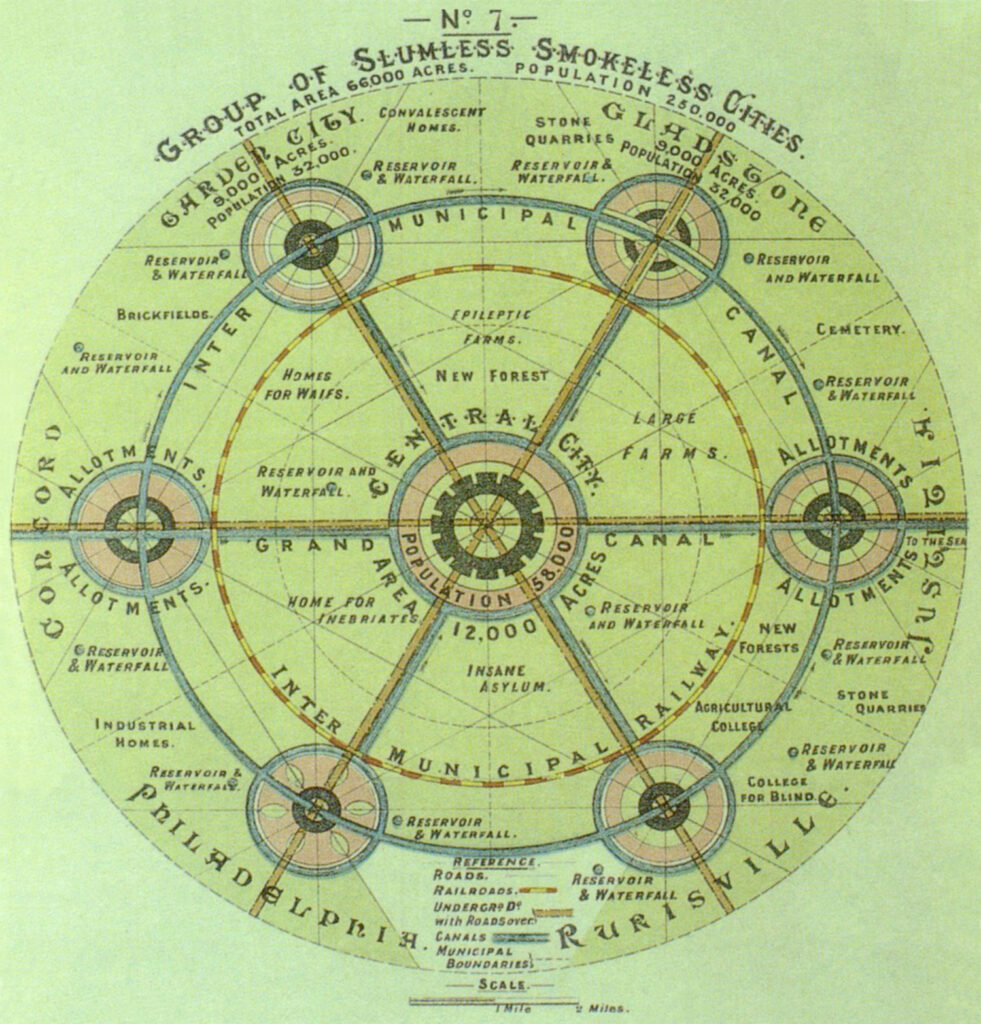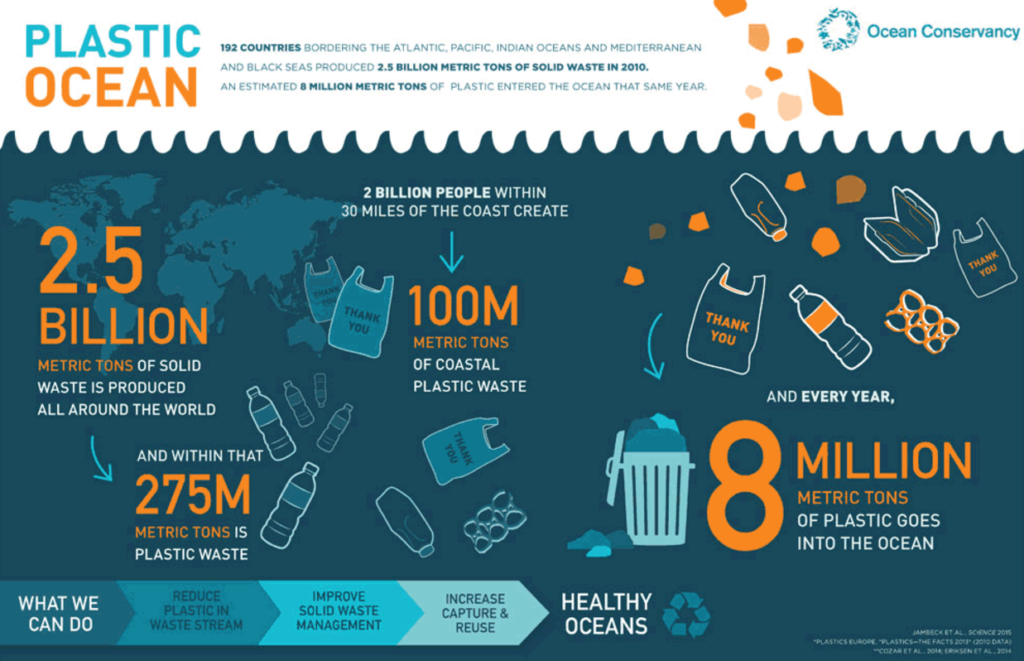At the beginning of this course, I perceived environmental design as encompassing sustainable practices, recycling initiatives, & the integration of natural elements. However, as the semester progressed, I came to understand that design itself is a foundational component of creating a sustainable environment – one with the potential to influence & benefit future generations.
“Cradle to Cradle” by William McDonough & Michael Braungart was an influential piece of reading for me, I found the principles raised in the text really thought-provoking & has made me reevaluate the way I view the world & my immediate surroundings in a different way. “Design is the first signal of human intention” is a quote that particularly resonated with me – highlighting the responsiblity that designers have within their projects, their important role to approach their work with purpose, forethought & consideration for the long-term impacts of the design on the world.
The debates undertaken throughout this course have provided valuable opportunities to engage with different perspectives on practices such as circularity, design responsibility, & material innovation. The process of researching arguments for each debate significantly deepened my understanding of environmental designs when it comes to products, architecture & urban planning. A particularly compelling concept I encountered was Jane Bennett’s notion of “scale-linking” from “Vibrant Matter”. This is the idea that localized environmental design choices can manifest at larger scales (flooding from poor water management, damaging ecosystems & life), this prompted me to think more about how big impacts can grow.
As an artist (mainly digital), I thought that this course wouldn’t exactly tie into my own practice as much as it would for an Interior Design or Design for Change student. However, through a debate, I found that even digital artworks can affect the planet as much as traditional media – this has made me much more conscious about my work & deleting any unused works I have. I believe that as technology & digital media is constantly developing, more & more artists will be affecting the planet without them even knowing.
This course has highlighted the importance of responsibility within design & has prompted me to reflect on how I could improve my work as a designer to influence the environment positively. It has made me realize our collective responsibility both as designers & civilians to take care of our environment as much as we can & both sides affect each other cyclically. I found the theoretical examples from readings extremely influential & I enjoyed learning about the different ways people think about the design process & how they view the world. Tony Fry’s “Design Futuring” further reinforces this idea that the world is constantly evolving, repairing & improving – this, alongside the massive technological advancements we have made over the past century, has given me a positive outlook on the future for generations to come.
Despite all the damage we have done through destruction & production, I feel that this course has given me great insight into how we can improve our planet through material subsitution & working with different processes & systems.
____
Braungart, M. and Mcdonough, W. (2002). Cradle to cradle. Heeswijk: Search Knowledge ; [Schiedam.
Bennett, J. (2010). Vibrant Matter: a Political Ecology of Things. Durham: Duke University Press.
Fry, T. (2018). DESIGN FUTURING : sustainability, ethics and new practice. Berg.



 The concept was introduced to Letchworth in 1903, becoming the first garden city to be developed. It featured planned residential neighbourhoods with communal green spaces & agricultural land. This continues to serve as a case study for more sustainable planning. Eventually, Welwyn Garden City was developed in 1920, this time combining Howard’s vision with more modern urban elements (specifically transport).
The concept was introduced to Letchworth in 1903, becoming the first garden city to be developed. It featured planned residential neighbourhoods with communal green spaces & agricultural land. This continues to serve as a case study for more sustainable planning. Eventually, Welwyn Garden City was developed in 1920, this time combining Howard’s vision with more modern urban elements (specifically transport).

 There is so much plastic waste existing in the environment already before we should even think about falling in love with plastic again. An estimated 8 million metric tons enter the ocean every year – harming marine life & entering the food chain through ingestion of microplastics. The World Economic Forum conducted a 2016 study that showed if we kept at this rate, plastics would outweigh fish by the year 2050. This is an absurd statistic, it makes me wonder is plastic really worth disrupting various natural ecosystems simply because it’s a cheap material that can be replaced with many different materials?
There is so much plastic waste existing in the environment already before we should even think about falling in love with plastic again. An estimated 8 million metric tons enter the ocean every year – harming marine life & entering the food chain through ingestion of microplastics. The World Economic Forum conducted a 2016 study that showed if we kept at this rate, plastics would outweigh fish by the year 2050. This is an absurd statistic, it makes me wonder is plastic really worth disrupting various natural ecosystems simply because it’s a cheap material that can be replaced with many different materials?
